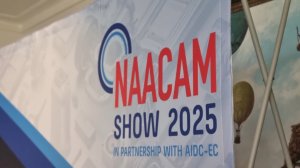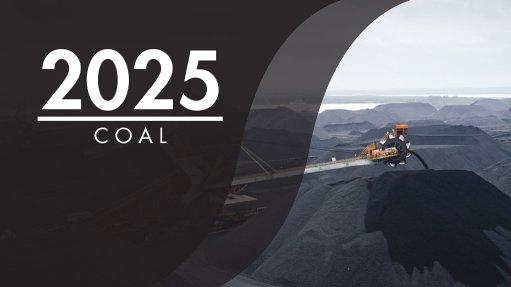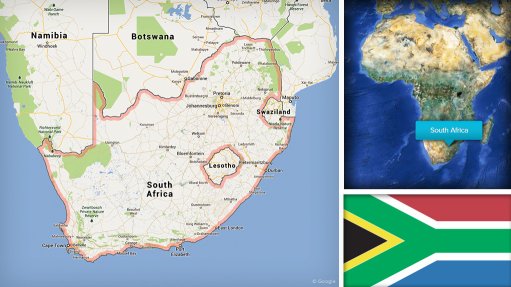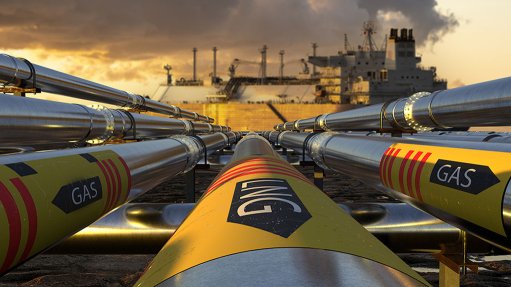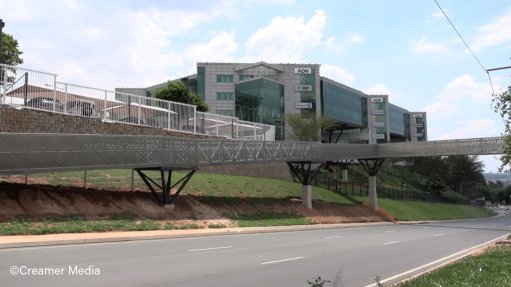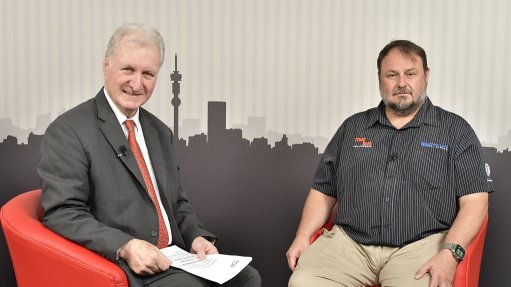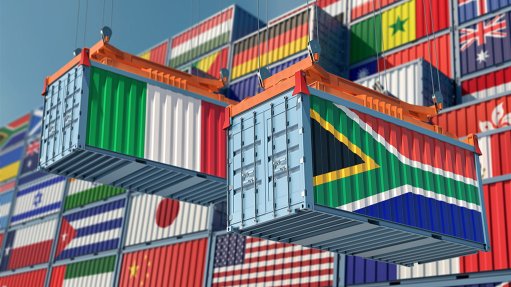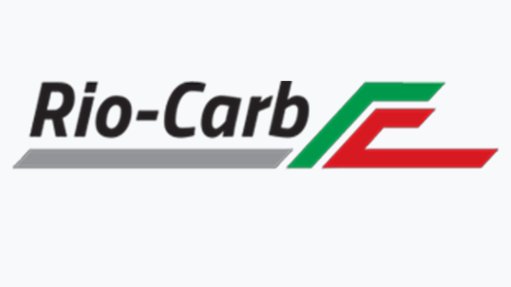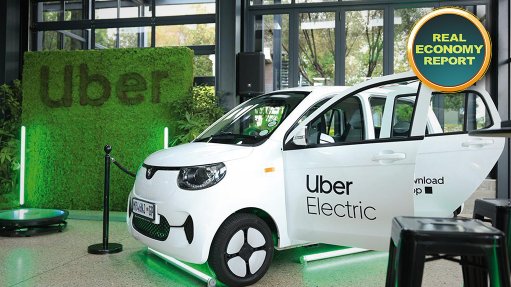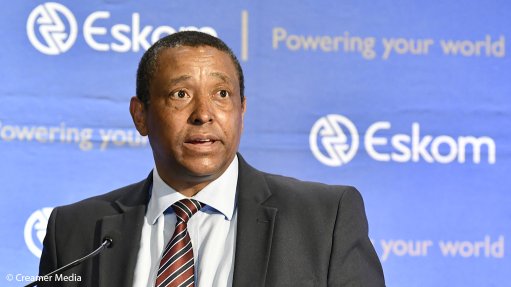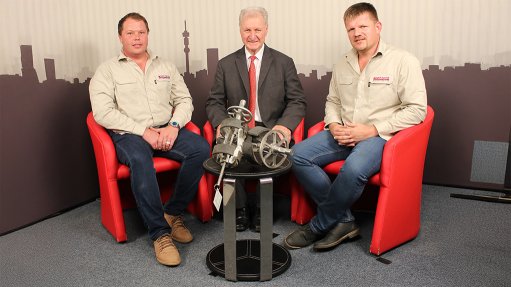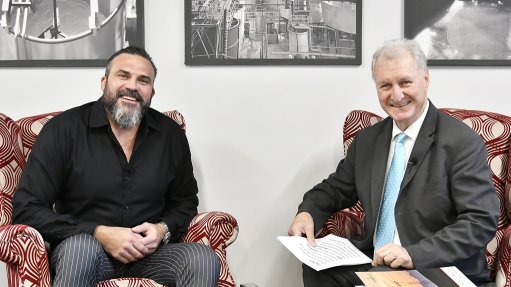Experts call for more assertive, structured solutions to retain auto competitiveness
While automotive production in South Africa has largely recovered to pre-Covid-19 levels, it remains well below the South Africa Automotive Masterplan (SAAM) target of 900 045 vehicles being produced by this year, while imports as a share of sales has increased significantly.
The total South African vehicle market has declined from a 2006 peak of 681 235 units sold to 487 404 units sold in 2024, said KAP Automotive CEO and National Association of Automotive Components and Allied Manufacturers (NAACAM) president Ugo Frigerio.
Speaking at the NAACAM Show 2025, in Gqeberha, on August 13, he pointed out that South African vehicle sales comprised 63% of imports in 2024, compared with 19% in 2000.
This while average vehicle localisation levels have decreased from 43% in 2013 to 39% in 2024, which does not align with the SAAM’s target of 48.2% vehicle localisation by this year.
Frigerio said the industry needed to speed up localisation, even at current production levels, in order to address the limited employment growth in the automotive sector between 2014 and 2024.
The automotive sector is now faced with short-time implementations, retrenchments and plant closures if the reduced volume outlook persists. Frigerio cited the automotive manufacturing industry’s main concerns as being supply chain disruptions, rising raw material costs and escalating trade complexities.
He said component manufacturers, in particular, have prioritised exports growth, the number of products supplied and growing the number of domestic original-equipment manufacturers supplied, but there are more opportunities that need to be pursued urgently.
“If we do what we always did, we will get what we always got. We need to do something different. First and foremost we need economic growth in South Africa. The automotive sector will not grow without real national GDP growth,” he noted.
Frigerio mentioned the need for a more local focus on sales, since being so export-oriented has rendered the industry vulnerable to a changing world that is becoming more introverted.
He asserted that government and industry alike needed to be more assertive in developing Tier 2 and Tier 3 suppliers, addressing logistical inefficiencies and cultivating a preference for locally made products.
For National Union of Metalworkers of South Africa General Secretary Irvin Jim, the US imposition of import tariffs has been a “wake-up call” for South Africa on how more countries could become nationalist. He desired more action from National Treasury to finalise public procurement regulations and review the ad valorem tax.
“We need an expansionary budget. We need Transnet to be more efficient. We need Eskom to provide reliable baseload power. Moreover, the green transition needs to happen in a manner that preserves our manufacturing capability,” Jim stated.
BMW Group South Africa CEO Peter van Binsbergen pointed out how governments have been instrumental in advancing automotive sectors, citing Thailand as an example that managed to uplift Tier 2 and 3 suppliers. He agreed with Frigario that the most effective shock absorber for changing trade dynamics globally is that of a strong local economy.
Automotive Industry Development Centre Eastern Cape CEO Thabo Shenxane said diversification of markets for automotive component manufacturers is a short-term solution and that a more aggressive approach is necessary to promote localisation and skills development.
He believed there is a “terrible misalignment” between industrial development policies in South Africa, which could be addressed with more centralised discussions and not fragmented efforts across departments and entities.
CASE IN POINT
Consultancy Dunne Insights founder Michael Dunne said China’s government has provided more than $230-billion in direct subsidies to encourage local manufacturing.
With central, coordinated government action, China has realised massive scales of infrastructure investment.
For example, BYD has grown to be the third-most valuable automotive company globally, selling 4.2-million vehicles every year, of which 1.8-million are battery electric vehicles and 2.5-million and plug-in hybrid electric vehicles.
China now accounts for 65% of electric vehicles (EVs) sold globally at 11.6-million units, while it is expected to export 6.2-million vehicles overall this year.
In turn, the market share of foreign carmakers in China has declined from 64% in 2020 to 27% in 2025, which shows how local companies are also catering for domestic demand.
In fact, Dunne highlighted how China’s total production capacity is 50-million vehicles a year, of which local demand totals 25-million vehicles and exports account for six-million vehicles, leaving 19-million vehicles in excess capacity that can be produced.
China also has control of other strategic sectors, including 80% of solar panel manufacturing, 90% of drone manufacturing, 90% of rare earths processing and 77% of EV batteries produced in the world.
Dunne said China is ultimately leading in vehicle capacity at 50-million units, production at 30-million units, exports at six-million units, EVs at 10.6-million units, batteries at 70% of global output and in costs, with Chinese production being between 25% and 30% lower cost.
Chinese brands have even managed to account for 70% of Thailand’s EV sales, which is a highly protected market. one out of every three EVs sold in Thailand is a BYD-produced vehicle.
For Dunne, South Africa’s most promising option in this context is to enable mutually beneficial local manufacturing or assembly capability, partnering with Chinese companies to produce thermal systems, form joint ventures for processing battery minerals and position South Africa as a regional export hub into Africa.
Dunne said South Africa serves as a viable base for battery pack assembly and manufacturing of other systems such as cooling. There is also opportunity for South Africa to pivot along with Europe in securing their own critical mineral supply chains and prohibiting China from capturing more of the market share in this region.
Article Enquiry
Email Article
Save Article
Feedback
To advertise email advertising@creamermedia.co.za or click here
Comments
Press Office
Announcements
What's On
Subscribe to improve your user experience...
Option 1 (equivalent of R125 a month):
Receive a weekly copy of Creamer Media's Engineering News & Mining Weekly magazine
(print copy for those in South Africa and e-magazine for those outside of South Africa)
Receive daily email newsletters
Access to full search results
Access archive of magazine back copies
Access to Projects in Progress
Access to ONE Research Report of your choice in PDF format
Option 2 (equivalent of R375 a month):
All benefits from Option 1
PLUS
Access to Creamer Media's Research Channel Africa for ALL Research Reports, in PDF format, on various industrial and mining sectors
including Electricity; Water; Energy Transition; Hydrogen; Roads, Rail and Ports; Coal; Gold; Platinum; Battery Metals; etc.
Already a subscriber?
Forgotten your password?
Receive weekly copy of Creamer Media's Engineering News & Mining Weekly magazine (print copy for those in South Africa and e-magazine for those outside of South Africa)
➕
Recieve daily email newsletters
➕
Access to full search results
➕
Access archive of magazine back copies
➕
Access to Projects in Progress
➕
Access to ONE Research Report of your choice in PDF format
RESEARCH CHANNEL AFRICA
R4500 (equivalent of R375 a month)
SUBSCRIBEAll benefits from Option 1
➕
Access to Creamer Media's Research Channel Africa for ALL Research Reports on various industrial and mining sectors, in PDF format, including on:
Electricity
➕
Water
➕
Energy Transition
➕
Hydrogen
➕
Roads, Rail and Ports
➕
Coal
➕
Gold
➕
Platinum
➕
Battery Metals
➕
etc.
Receive all benefits from Option 1 or Option 2 delivered to numerous people at your company
➕
Multiple User names and Passwords for simultaneous log-ins
➕
Intranet integration access to all in your organisation




